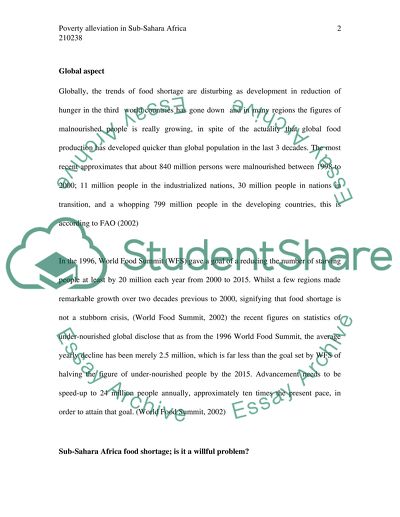Cite this document
(“Poverty alleviation is the very foundation of 'human security'. Why, Essay”, n.d.)
Retrieved from https://studentshare.org/miscellaneous/1503360-poverty-alleviation-is-the-very-foundation-of-human-security-why-then-have-we-not-been-able-to-make-poverty-history-in-subsaharan-africa
Retrieved from https://studentshare.org/miscellaneous/1503360-poverty-alleviation-is-the-very-foundation-of-human-security-why-then-have-we-not-been-able-to-make-poverty-history-in-subsaharan-africa
(Poverty Alleviation Is the Very Foundation of 'Human security'. Why, Essay)
https://studentshare.org/miscellaneous/1503360-poverty-alleviation-is-the-very-foundation-of-human-security-why-then-have-we-not-been-able-to-make-poverty-history-in-subsaharan-africa.
https://studentshare.org/miscellaneous/1503360-poverty-alleviation-is-the-very-foundation-of-human-security-why-then-have-we-not-been-able-to-make-poverty-history-in-subsaharan-africa.
“Poverty Alleviation Is the Very Foundation of 'Human security'. Why, Essay”, n.d. https://studentshare.org/miscellaneous/1503360-poverty-alleviation-is-the-very-foundation-of-human-security-why-then-have-we-not-been-able-to-make-poverty-history-in-subsaharan-africa.


